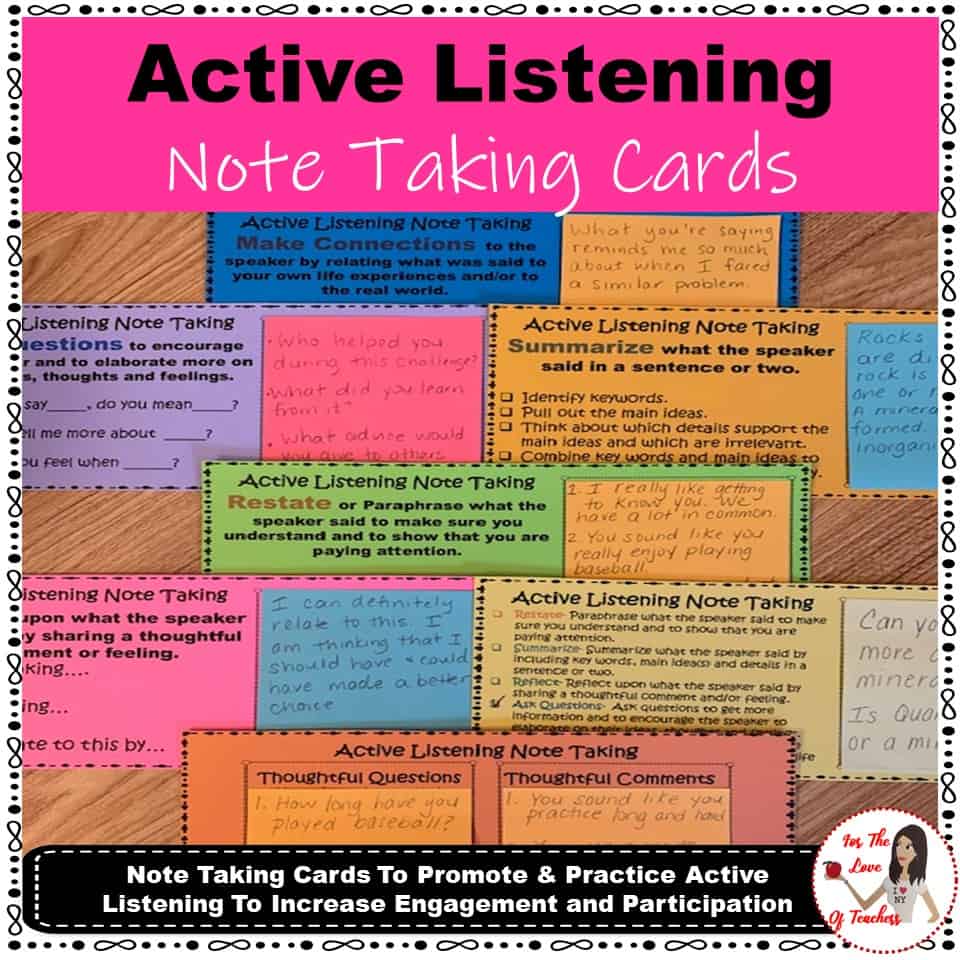I bet you know someone that never had to study a day in their life and aced every test. If you were that student then I bet others were so jealous. And by others, I mean the students who HAD to study and couldn’t just wing it and get the same results. You can be a really good student, but may not be too good at showing what you knew or had learned. Some students, like myself, had to prepare and cram for hours, even days on end studying for upcoming tests.
Throughout my “career” as a student, I adopted some really interesting study strategies in order to retain and remember the information I had learned. I’d take detailed notes, memorize the notes by reading, highlighting, and circling the main ideas until it was embedded into my brain and I could basically regurgitate it out word for word. During the test, I could visualize my notes in my mind and put it all down on paper. This method resulted in fairly good test results but was kind of weird. I mean it worked for me but let’s just say nobody wanted to study with me or you even could read my notes when I was through. 😉
While teaching upper elementary students for many years, I noticed that many students would bomb tests not because they didn’t know what was learned, but because they didn’t have study strategies in place to help them prepare and study the content that would be on the test. Test-taking skills are a whole other can of worms while preparing and studying for a test is another. Teaching upper elementary students some simple study strategies helped them to prepare and study for tests resulting in better test scores overall.
Here are some simple study strategies that work

Note Taking: Teach your students how to take notes. I taught my third and fourth-grade students the Cornell Note Taking Strategy. It is easy and effective. When students know how to take notes, they can focus on the main ideas and meaningfully summarize the content. This helped them to break down the big ideas into smaller manageable ones and remember the content.
I created Active Listening Note Taking Cards. These have been a game-changer when it comes to active listening, note-taking, and participation, especially during a presentation, video or lesson teaching the desired concepts. Students use their notes to study for tests.

Reference Sheets/Cheat Sheets: Some students just have a hard time remembering and applying learned concepts. I created reference or cheat sheets for students to put into their notebooks or folders. These reference sheets are helpful to both parents and students when it comes to reviewing and studying learned concepts. I made Reference/Cheat Sheets for Numbers & Operations in Base Ten specifically for my fourth-grade math students.

Moving forward I have students use their notes or reference sheets to do the following:
Make flashcards: Students use index cards to make flashcards. I either assign this in class or for homework as a study session. You can make flashcards for any content-specific vocabulary. On one side of the card has the word and the other side of the card has a definition and/or examples.
Quiz: Students can use the flashcards they make to quiz themselves or their peers. A couple of ways we do this are:
-
Match-up: Using 2 index cards, one having the word and the other card having the definition, students play a match-up game to match the word to the correct definition.
-
Word/definition recall: One student asks their study peer(s) what is the definition of this word…? Or gives the definition or an example and the study peer must tell the word that matches the definition/example.
Study Buddy: Groups students with peers in class that can study together. Having others study with others about the same content helps all involved, especially those who struggle with remembering content. Students can use their notes, flashcards, or quiz to study together.

Games: Make studying FUN! Kids LOVE playing games. There are so many apps that students can use to review and practice learned concepts in all subject areas. Kahoot is a fun platform to create quiz games or you can play already created quizzes to review content. It’s really engaging, encourages all to participate, involves teamwork and critical thinking. My students LOVE playing Kahoot.
If you don’t have the devices for digital games, get some hands-on games for students to play in different subject areas. You can play these games during a study session in class. Better yet, you can even have students design and create games that review learned concepts to present and play with your class.
These are simple study strategies that I use to support upper elementary students. Do you use any other study strategies? Share in the comments below!
Related Posts:
7 Tips To Improve Performance Around Testing Time
Follow me to be notified when new resources are uploaded to the Shop and join the email list to receive the latest and greatest updates, posts, and awesome freebies!
If you like it, then pin it!



Christine Weis is a passionate educator, classroom management coach, wife, and mom of two busy boys. She enjoys teaching, writing, and creating resources for teachers.





Leave a Reply